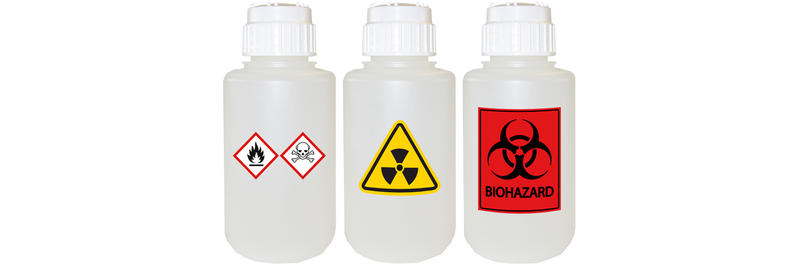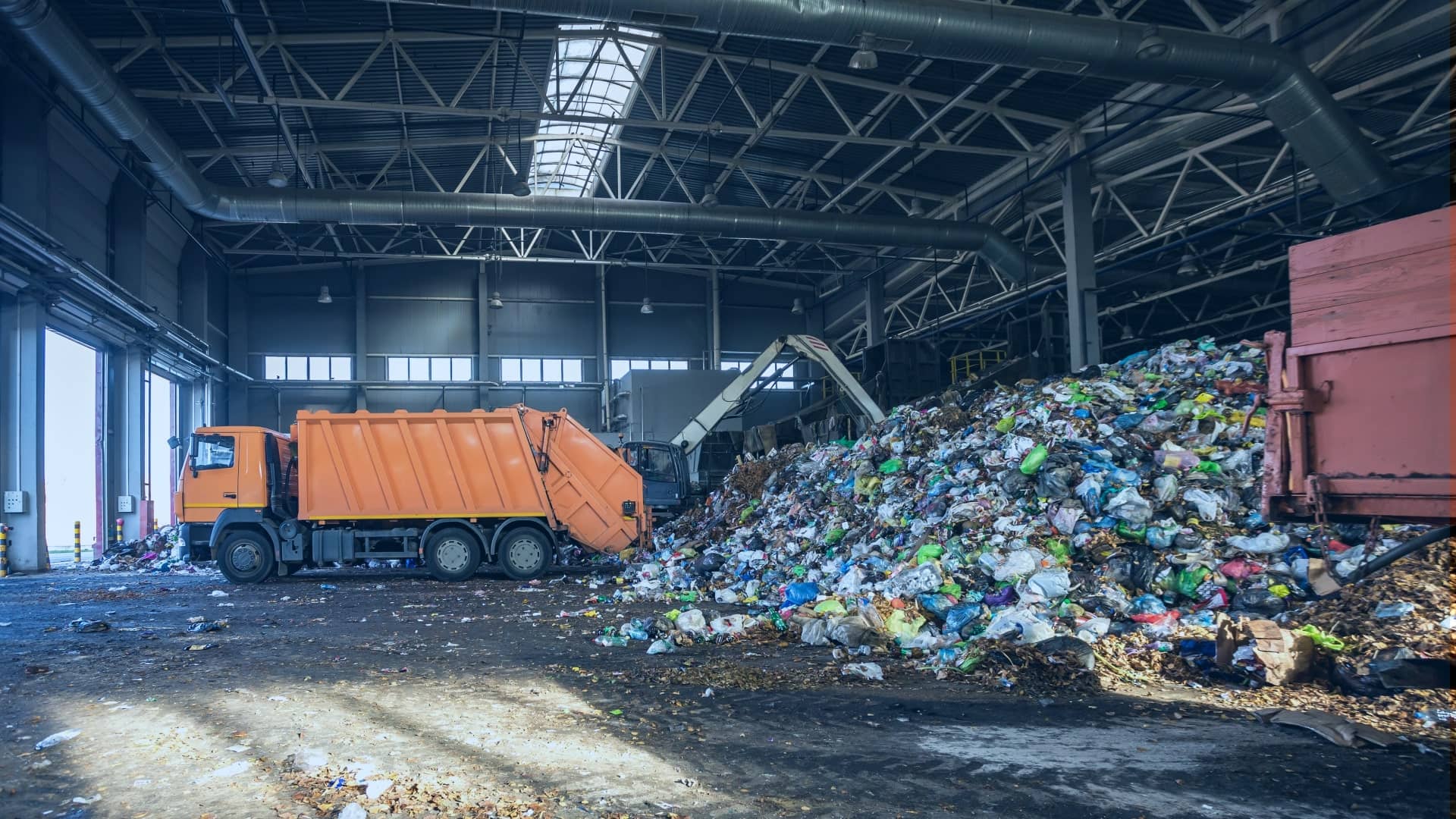Unknown Facts About Reclaim Waste
Unknown Facts About Reclaim Waste
Blog Article
Reclaim Waste - Questions
Table of ContentsAn Unbiased View of Reclaim WasteSome Ideas on Reclaim Waste You Should KnowReclaim Waste Can Be Fun For AnyoneSome Ideas on Reclaim Waste You Need To KnowThe 20-Second Trick For Reclaim Waste
Domestic sewage waste refers to the waste and products from a household septic container. The proper administration and disposal of residential sewage waste need liquid waste to be transferred to a sewer treatment plant where the appropriate techniques and devices are used to cleanse and dispose of waste.
Business waste typically includes possible hazards, such as combustible products or a combination of liquid and strong waste items, and calls for a much more advanced and thorough disposal procedure. The disposal of business waste usually includes the filtering of waste prior to transportation to ensure secure and proper disposal. Hazardous waste is developed from by-products and drainage of industrial procedures and manufacturing.
This type of waste can not make use of the very same sewer management transportation or processes as septic or industrial fluids. The industrial waste monitoring process calls for the inspection and screening of fluid waste before it undergoes the disposal procedure (liquid waste disposal melbourne). Overflow waste is the liquid waste that originates from runoff and excess stormwater in extremely booming areas or cities
Runoff waste can trigger contamination and flooding if not taken care of effectively. Ensuring correct waste management can protect against disasters and lower ecological injury.
Not known Details About Reclaim Waste
Get in touch with PROS Services today to discover our waste administration and disposal services and the correct means to take care of the liquid waste you generate.
(https://profile.hatena.ne.jp/reclaimwaste1/)This so-called 'wastewater' is not only an essential source but, after therapy, will certainly be released to our land, waterways or the ocean. Utilized water from commodes, showers, bathrooms, kitchen area sinks, laundries and commercial processes is known as wastewater.

water used to cool machinery or tidy plant and equipment). Stormwater, a kind of wastewater, is drainage that moves from agricultural and metropolitan areas such as roofing systems, parks, gardens, roadways, paths and seamless gutters into stormwater drains pipes, after rain. Stormwater moves neglected straight to regional creeks or rivers, eventually getting to the sea.
Examine This Report on Reclaim Waste
In Queensland, many wastewater is dealt with at sewer therapy plants. Wastewater is transferred from domestic or industrial websites through a system why not try this out of sewage systems and pump stations, referred to as sewage reticulation, to a sewer treatment plant. Regional federal governments construct, keep and operate most sewage therapy plants. Operators are accredited under the Environmental Management Act 1994 to discharge treated wastewater at an acceptable ecological criterion into waterways.
The Department of Natural Resources suggests city governments regarding handling, operating and maintaining sewerage systems and therapy plants. In unsewered locations, regional governments might call for householders to install specific or house sewer treatment systems to treat residential wastewater from toilets, cooking areas, bathrooms and washings. The Department of Natural Resources authorises the usage of household systems when they are shown to be efficient.
Many stormwater gets no treatment. In some new communities, therapy of some stormwater to get rid of litter, sand and gravel has actually started using gross pollutant traps. Wastewater therapy happens in four stages: Eliminates solid issue. Larger solids, such as plastics and other things incorrectly discharged to drains, are removed when wastewater is travelled through displays.
Makes use of small living organisms recognizes as micro-organisms to damage down and remove remaining dissolved wastes and great particles. Micro-organisms and wastes are integrated in the sludge.
Rumored Buzz on Reclaim Waste
Nutrient removal is not available in all sewer treatment plants because it calls for costly specialised equipment. It is becoming much more common in Queensland. Clear liquid effluent generated after therapy might still have disease-causing micro-organisms. If this effluent is released right into waterways such as rivers or the sea, the micro-organisms will ultimately die out.

The majority of wastewater moves into the sewage system. Under the Act, local governments carry out approvals and licences for environmentally appropriate activities (Ages) including wastewater releases that might have a neighborhood influence.
9 Simple Techniques For Reclaim Waste
Otherwise, examples are considered lab analysis. Frequently several tests are needed to develop the degrees of each of the different contaminants such as oils, hefty steels and pesticides in water. Tracking provides factual information about water top quality and can confirm that licence problems are being met. The info gotten with tracking gives the basis for making water high quality decisions.
Report this page